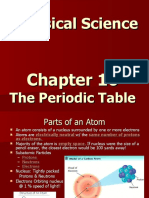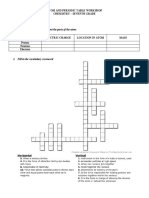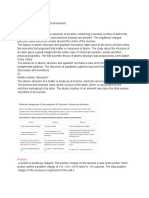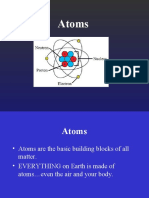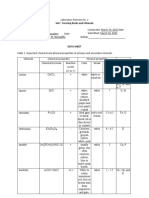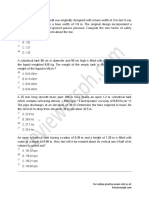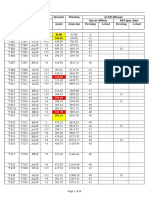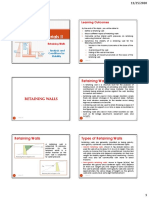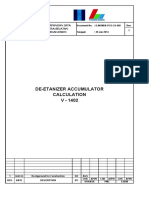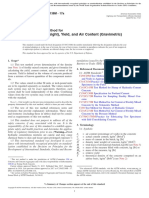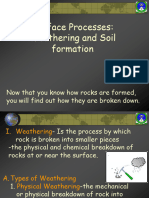0% found this document useful (0 votes)
75 views2 pagesSubatomic Particles Worksheet
The document provides a detailed overview of the parts of the atom, including protons, neutrons, and electrons, along with their charges, locations, and masses. It explains how to determine the structure of elements using the periodic table, including calculating the number of protons, neutrons, and electrons. Additionally, it describes how to draw an atom using the Bohr model and includes a table for completing information about the first ten elements.
Uploaded by
20sa010163Copyright
© © All Rights Reserved
We take content rights seriously. If you suspect this is your content, claim it here.
Available Formats
Download as PDF, TXT or read online on Scribd
0% found this document useful (0 votes)
75 views2 pagesSubatomic Particles Worksheet
The document provides a detailed overview of the parts of the atom, including protons, neutrons, and electrons, along with their charges, locations, and masses. It explains how to determine the structure of elements using the periodic table, including calculating the number of protons, neutrons, and electrons. Additionally, it describes how to draw an atom using the Bohr model and includes a table for completing information about the first ten elements.
Uploaded by
20sa010163Copyright
© © All Rights Reserved
We take content rights seriously. If you suspect this is your content, claim it here.
Available Formats
Download as PDF, TXT or read online on Scribd
/ 2







